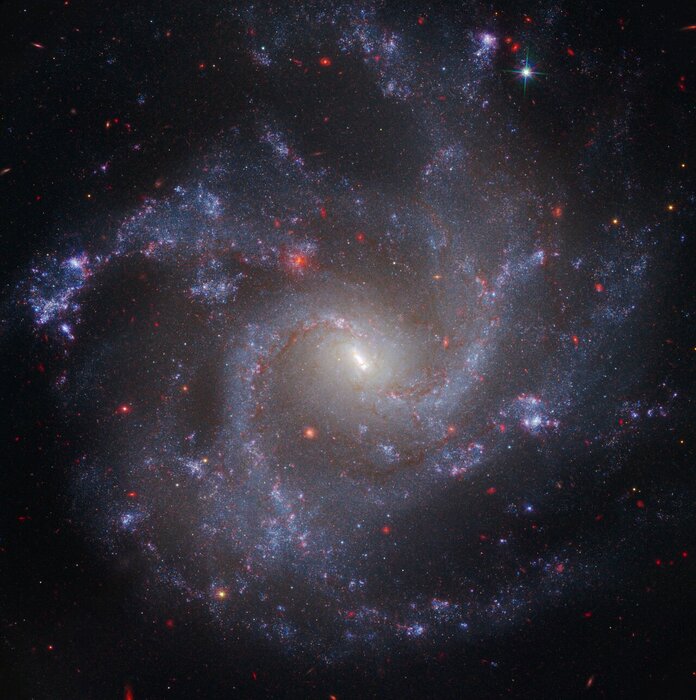Were they victims of a cold snap before the coup de grace?
Dinosaurs were in decline long before the fall of the asteroid that ended their rule 65 million years ago, a paleontological study published Tuesday in The Conversation concludes.
They would have been victims of a cooling of the planet's climate.
And the Big Bang in all of this?
The responsibility of the extraterrestrial object in their disappearance has been a consensus within the scientific community, since the discovery of the gigantic impact crater in 1980 in Mexico.
But paleontologists are arguing over whether this mass extinction came abruptly, or whether the meteorite only dealt the final blow to an already struggling group.
If the asteroid caused the very sudden end of the dinosaurs, a new study shows that their decline had begun 10 million years earlier.
https://t.co/RdVDd4egy0
- The Conversation France (@FR_Conversation) June 30, 2021
"It's a debate at daggers drawn", explains to AFP the biologist Fabien Condamine, author of the study published in Nature Communications.
Because the data is not robust enough to validate one hypothesis over another.
Read also Dinosaurs, and especially tyrannosaurs, also thrived in the Arctic
"The fossil record
(Editor's note, dinosaur bones)
is incomplete, in poor state of conservation, certain geographical areas such as the tropics are poorly represented, periods of time are better informed than others ...", develops the CNRS researcher at the Institute of Evolutionary Sciences in Montpellier.
1,600 fossils, or 247 species, analyzed
To correct these biases, the researcher and his Franco-Anglo-Canadian team used a new statistical modeling method, called Bayesian, which calculates the probabilities of the causes from observation of known elements.
They selected 1,600 fossils belonging to six families of dinosaurs, including the iconic tyrannosaurs, triceratops and hadrosaurs, popularized by “Jurassic Park”.
Three families of herbivores, three of carnivores, rich in 247 species.
Each fossil has been assigned a code making it possible to trace the successive diagnoses made by scientists since their discovery.
Thanks to their model, the researchers were able to estimate an age of appearance and extinction for each species, over a period ranging from 145 million years, at the end of the Cretaceous, to 66 million years, shortly before the catastrophe.
"A slow decline" of 10 million years
The result is clear: “There is a peak in diversity before 76 million years ago, with a high rate of creation of new species.
Then a slow decline, ”explains Fabien Condamine.
Thus, over a colossal period of 10 million years, the number of species of dinosaurs decreases, from about fifty to less than twenty 66 million years ago.
The researchers compared these statistics with environmental data - climatic, marine, geological - already known and undisputed.
The results showed a perfect correlation with the climatic curves.
"As the rate of species disappearance increases, mirroring temperatures drop," analyzes the expert in macroevolution.
This big cooling, which caused the Earth to lose 7 to 8 degrees, is starting “right on” at the same time as that of the decline of the dinosaurs.
“At the time, it was much warmer, there were palm trees and mangrove forests in the Bering Strait,” between Siberia and today's Alaska, explains Fabien Condamine.
Dinosaurs unable to self-regulate
However, these giants are not able to produce their own body heat, as humans do.
They depended heavily on their environment for food, movement, reproduction ... Their metabolism would therefore not have been able to adapt to change.
Another key variable: the first disappearances first affected herbivores, around two million years before carnivores.
The depletion of herbivores, prey of carnivores, would have unbalanced ecosystems and led to cascading extinctions among other dinosaur families, the study suggests.
It is in this context that a meteorite 12 km in diameter struck the Earth.
Already weakened, the giants could not recover from this cataclysm, unlike some small mammals.









